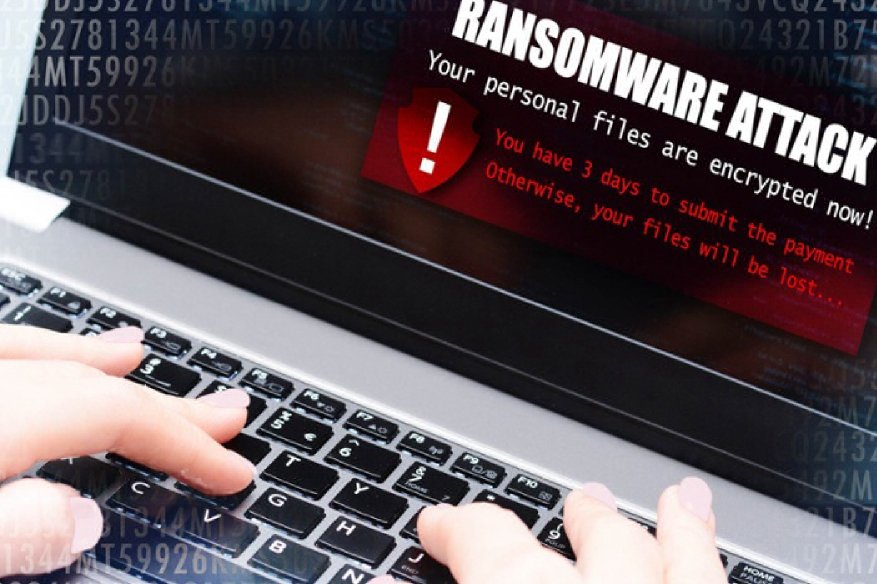How Do You Get Ransomware?

You must have known enough that ransomware has emerged as the most prevalent malicious software that kidnaps your data, locks your file, and denies access to your computer. All this to extort money from you.
However, do you know the different ways and loopholes that allow ransomware to infect your computer?
No, right?
We knew it. Do not worry; we have your back.
You must have wondered why companies create a fuss over a ransomware attack. You will know about it once you get a flashing message on your screen that access is denied, and files have been encrypted.
These words are enough to give a panic attack.
We know we are harsh with our word, but so is the ransomware – HARSH. They demand an anonymous online cryptocurrency payment to recover your files and regain access.
You should know enough about the entryways of ransomware infection in case you want to fend off. These cybercriminals are very skilful and build very sophisticated ransomware.
Here, we will tell you what ransomware is and how it enters your computer because you need to be knowledgeable to avoid these attacks.
And this is the right time because even in these uncertain times of coronavirus, susceptibility has increased, and cyber thieves have planned to attack millions of users. Read on to avoid being one of them.
What Is Ransomware? – Simple
Ransom malware is malicious software that infects your computer system and denies admin access to the files by locking up the data and encrypting the files. To regain access to your own computer, they will squeeze a hefty amount of money from your pocket.
The cyber thieves are encouraged and highly motivated to stoop down to this measure as a hobby or even as a profession. Hence, they are professional cyber thieves.
This malicious software has been infecting PCs and troubling lives since the late 1980s. There is no stoppage since then, but just augmented cases.
How Do You Get Ransomware?
There are many resorts for ransomware to infect your computer. The most common is through phishing emails with malicious links and attachments.
Let us see how ransomware attacks your computer systems via different routes and tools.
Channel #1: Spam Emails
This is the most common route of entry for malware, and we believe you already knew it. However, just you thorough you up, the cyber attackers send or spam out emails that contain malicious attachment or link. These links have the potential to infect your computer with ransomware and make you a potential victim.
Mostly these messages or email will land up in the spam box, thanks to the various filters. However, there is a slight probability of these entering your inbox. All you need to do is avoid clicking on these links or opening theses suspicious mails, whether they come from a reliable or known source.
Channel #2: Exploit Kits
In contrast to vindictive messages, Exploit Kits needn’t require to click any email or any attachment to spread out ransomware infection.
This attacking toolkit can compromise a website, link, hardware, or browser by coding up malicious software. It can also infect any running software to spread the ransomware.
Channel #3: Pay per install
Pay per install is also a popular method used by cyber-attackers to infect your computers that are already an existing part of a botnet (a group of infected computers under the control of cyber criminals called bot-masters). This deepens and worsens the damage by further infecting the other connected or liable PCs with other malware. Bot herders are cyber thieves who wait and lookup for security vulnerabilities as paid to catch these opportunities.
Channel #4: Drive-by downloads
Drive-by downloads are a freeway for ransomware. The malicious software gets installed when a user clicks on a compromised or malicious websites’ link. Cyber researchers have found an increase in the use of drive-by downloads. In particular, users of some streaming video portals are most commonly hit.
Conclusion
Therefore, now you know the infecting routes and how do you get ransomware. To sum it all, Crypto ransomware is regularly spread through phishing emails that contain pernicious connections or through drive-by downloading. Drive-by downloading happens when a client unwittingly visits a tainted site, and after that, malware is downloaded and introduced without the user’s information. Furthermore, more current strategies of ransomware contamination have been watched.
If you do not pay heed to these ways, you make your company’s PC prone to these attacks. Do not invite these infections.
KEEP CALM
And
DO NOT CLICK!
This accurate information will guide you to avoid these attacks.